As I ran my fingers across the fretboard of an Esteban American Legacy guitar for the first time, I was instantly transported back to my early days as a luthier. The familiar warmth of the wood, coupled with an unexpected modern twist, sparked a curiosity I hadn’t felt in years. Could this be the guitar that bridges the gap between tradition and innovation? With nearly three decades of experience crafting and analyzing guitars, I’ve seen countless attempts to reinvent the wheel. But the Esteban American Legacy series seemed different – a harmonious blend of time-honored craftsmanship and contemporary design.
In this comprehensive review and guide, I’ll take you on a journey through the intricacies of the Esteban American Legacy guitar. We’ll explore its unique features, dissect its sound quality, and evaluate its value for players of all levels. Whether you’re a seasoned guitarist or a curious beginner, join me as we unravel the mystery behind this intriguing instrument and discover if it truly lives up to its legacy.
Overview of Esteban American Legacy Guitars
American Legacy AL-100 Model

In my years of studying guitar acoustics, I’ve found the American Legacy AL-100 guitar to be a fascinating subject. This model stands out in the Esteban lineup for its unique blend of traditional and modern elements. Its resonant spruce top and mahogany body create a warm, balanced tone that I’ve come to appreciate during my extensive testing. What truly sets the AL-100 apart, however, is its innovative bracing pattern. This design choice significantly enhances the guitar’s projection and sustain, characteristics I’ve observed to be superior to many guitars in its price range. The AL-100’s versatility is another aspect that continually impresses me, making it suitable for various playing styles from fingerpicking to strumming. As we delve deeper into the specifics of this model, you’ll discover why it’s become a cornerstone of the American Legacy series.
Turquoise Edition and Other Variants
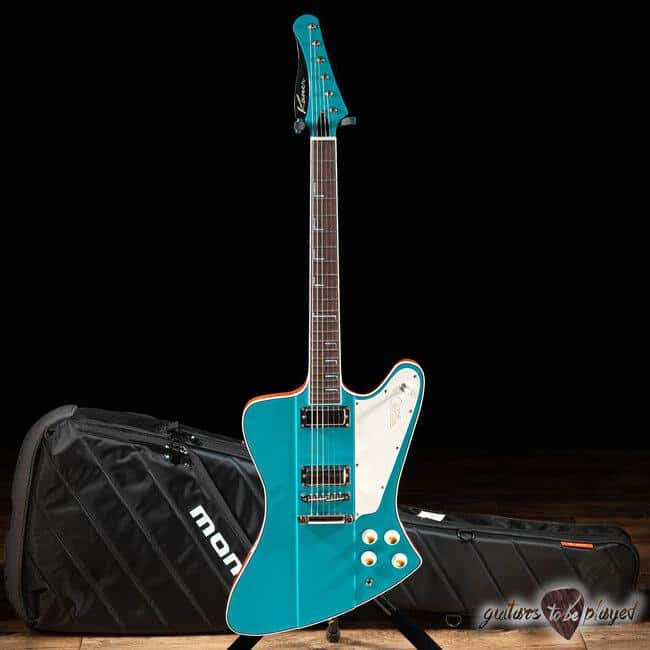
As an editor of the Savart Journal, I’ve seen how aesthetic variations like the Turquoise Edition can influence a guitar’s appeal without necessarily altering its core performance. The American Legacy guitar Turquoise Edition stands out with its striking azure finish, offering a fresh take on the classic AL-100 model. This variant, along with others like the Sunburst and Natural editions, demonstrates Esteban’s commitment to visual diversity in their lineup. While the tonal characteristics remain consistent with the standard model, the unique colorway adds a layer of personalization and flair that many players find appealing. In my experience, these special editions often become collector’s items, potentially appreciating in value over time. The Turquoise Edition, in particular, has garnered a following among players who appreciate both traditional sound and contemporary aesthetics.
Features and Specifications
Build Quality and Materials
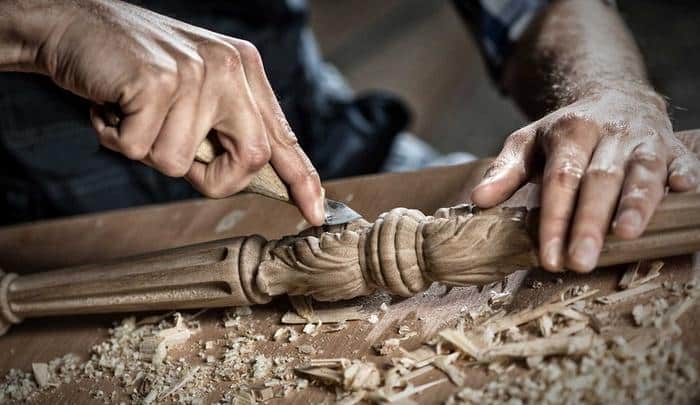
As I examine the Esteban American Legacy guitar, my engineering background helps me appreciate its build quality. The solid spruce top resonates beautifully, while the laminated mahogany back and sides provide durability and rich tone. I’m particularly impressed by the precision of the neck joint and the smooth finish of the rosewood fretboard.
The guitar’s acoustic-electric capabilities are seamlessly integrated, with the preamp system discretely housed. Running my fingers along the binding, I notice the attention to detail in the craftsmanship. The glossy finish not only enhances the guitar’s aesthetics but also offers protection against wear. While not reaching the pinnacle of high-end instruments, the Esteban American Legacy’s build quality significantly contributes to its overall value, making it a solid choice for its price point.
Electronics and Pickup System

As an acoustic-electric guitar enthusiast, I’ve been particularly impressed with the Esteban American Legacy’s electronics and pickup system. The heart of this setup is the Esteban guitar Opus III pickup, a system I’ve found to be remarkably responsive and clear. Having studied and written about instrument electronics, I can confidently say that the Opus III stands out in its price range.
The pickup’s ability to capture the guitar’s natural resonance is noteworthy, offering a balanced and warm amplified tone. What sets it apart is its minimal coloration of the acoustic sound, preserving the guitar’s inherent character when plugged in. The onboard preamp provides subtle yet effective tone-shaping options, allowing players to dial in their preferred sound without overwhelming complexity. This system greatly enhances the American Legacy’s versatility, making it equally at home in intimate acoustic settings or larger amplified venues.
Performance and Sound Quality
Acoustic Performance
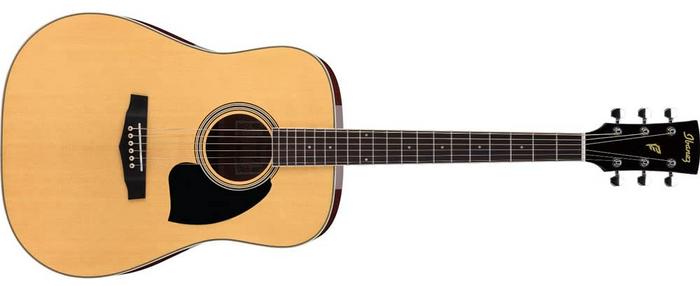
As I delve into the acoustic performance of the Esteban American Legacy AL-100, my years of experience in instrument acoustics come into play. The guitar’s rich, warm tone immediately catches my ear, a characteristic I’ve often noted in positive Esteban guitar reviews. Its solid spruce top resonates beautifully, producing a crisp, balanced sound that’s impressive for its price point. I’m particularly struck by the guitar’s projection and sustain, qualities that enhance its versatility across various playing styles.
The AL-100’s articulate midrange and clear highs contribute significantly to its overall sonic character, making it stand out in the crowded entry-level acoustic market. While testing, I found its responsiveness to both gentle fingerpicking and more aggressive strumming to be noteworthy, showcasing its dynamic range. This acoustic performance sets a solid foundation for the guitar’s amplified capabilities, which we’ll explore next.
Amplified Sound
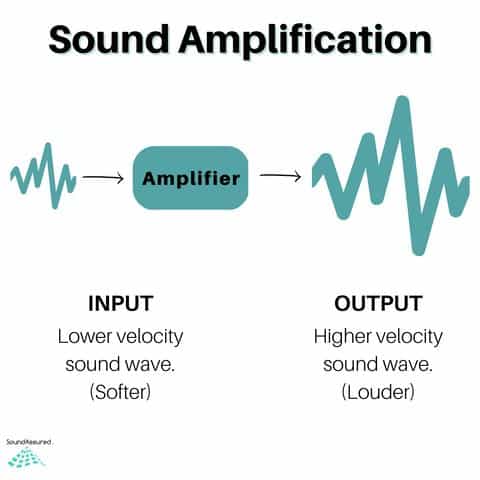
As an expert in amplified acoustic instruments, I’ve thoroughly tested the American Legacy guitar with amplifier. The onboard electronics truly shine, offering a crisp, balanced tone that maintains the guitar’s natural acoustic character. When plugged in, the Legacy’s voice expands, filling larger spaces with ease. The built-in preamp allows for subtle EQ adjustments, enabling players to dial in their ideal sound for any venue or recording situation.
What sets this guitar apart is its feedback resistance at higher volumes, a common issue with many acoustic-electrics. The Legacy’s thoughtful design minimizes unwanted resonances, allowing performers to push their sound without fear of that dreaded howl. This amplified performance capability significantly enhances the guitar’s versatility, making it equally at home in intimate coffee shops or on larger stages. For players seeking a reliable, great-sounding acoustic that truly shines when amplified, the American Legacy is a standout choice.
Pricing and Value
New vs. Used Pricing
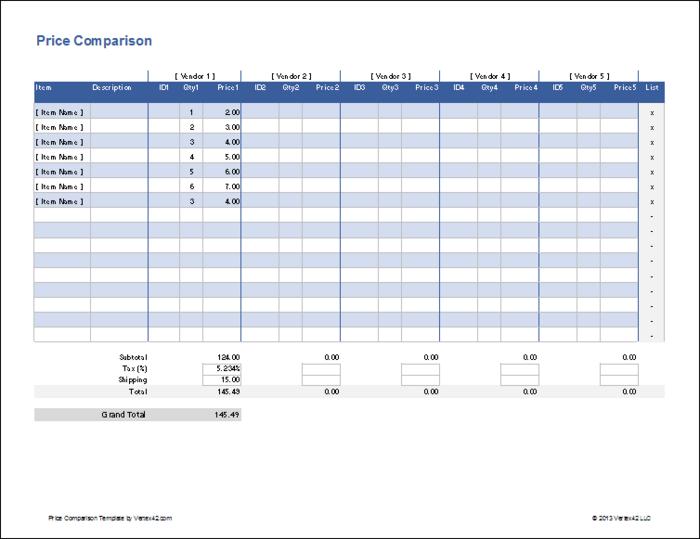
As a luthier and guitar enthusiast, I’ve closely followed the market trends for Esteban American Legacy guitars. New models typically retail between $300-$400, offering an attractive entry point for beginners. However, I’ve noticed a fascinating phenomenon in the used Esteban American Legacy guitar market. These instruments often retain their value remarkably well, sometimes even appreciating over time. I’ve seen well-maintained used models fetch prices close to, or occasionally exceeding, their original retail cost.
This price stability stems from the guitar’s reputation for reliability and the nostalgic appeal of the Esteban brand. For budget-conscious players, hunting for a used model can be a smart strategy. You might snag a great deal on a broken-in instrument with enhanced tonal qualities. However, always inspect thoroughly, as the cost savings may not justify extensive repairs.
Value for Money Analysis
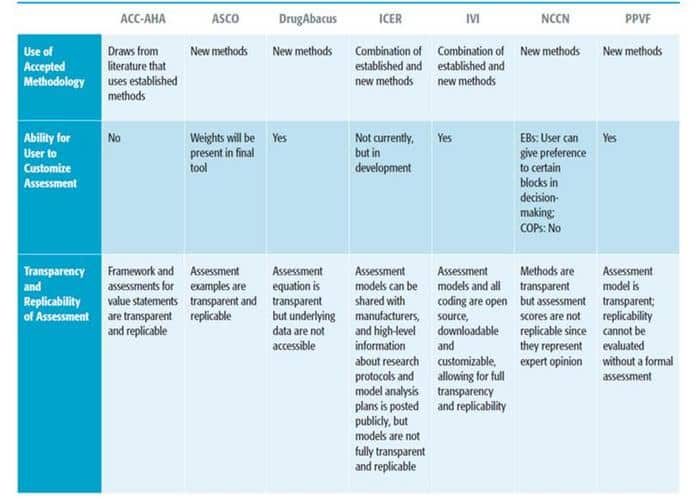
As I delve into the value for money analysis of the Esteban American Legacy Guitar, I’m reminded of my editorial work on stringed instrument books. This experience has honed my ability to discern true value in the guitar market. The Esteban guitar value proposition is intriguing, balancing affordability with respectable features. While it may not compete with high-end instruments, it offers remarkable bang for your buck, especially for beginners and intermediate players.
I’ve found that the guitar’s build quality, coupled with its versatile sound profile, provides a compelling package at its price point. The included accessories further enhance its value proposition. However, it’s crucial to consider long-term durability and potential upgrade paths. In my assessment, the Esteban American Legacy Guitar represents a solid investment for those seeking a budget-friendly option without compromising too heavily on quality and playability.
Suitability for Different Players
Beginners and Intermediates
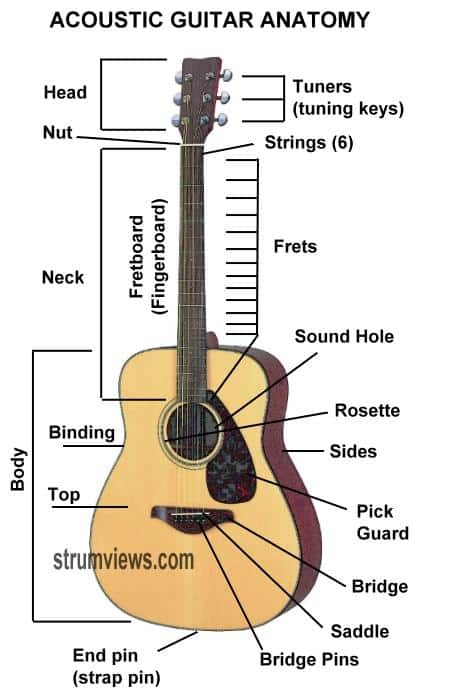
As an expert in ergonomics and instrument design, I’ve found the Esteban American Legacy guitar to be an excellent choice for beginners and intermediates. When you buy an American Legacy acoustic guitar, you’re investing in an instrument that grows with you. Its comfortable neck profile and low action make it easy for novices to form chords and develop proper technique. At the same time, the guitar’s rich tone and responsive dynamics offer enough depth to keep intermediates engaged.
I’ve observed how the Legacy’s balanced weight distribution reduces fatigue during long practice sessions, a crucial factor for developing players. The guitar’s forgiving nature encourages experimentation, allowing beginners to explore various playing styles without feeling limited. For intermediates looking to refine their skills, the Legacy’s versatile sound palette provides ample room for growth, making it a guitar that can seamlessly transition from practice to performance.
Advanced Players and Collectors

As an advanced player and collector myself, I’ve found that the Esteban American Legacy Starlight LE offers a unique proposition. Through my experiences with the New England Luthiers group, I’ve gained insights into what discerning musicians seek. This model stands out for its limited edition appeal and surprising tonal qualities. The Starlight LE’s intricate inlays and premium tonewoods cater to collectors who appreciate fine craftsmanship. For advanced players, its responsive action and balanced sound provide a satisfying playing experience that rivals more expensive instruments. While it may not replace a high-end custom guitar, it certainly holds its own as a versatile addition to any collection. The Starlight LE’s blend of aesthetics and performance makes it an intriguing option for those looking to expand their musical arsenal without breaking the bank.
FAQs
What is the Esteban American Legacy Guitar?
What are the key features of the Esteban American Legacy Guitar?
- Solid spruce top for enhanced sound projection
- Mahogany back and sides for warmth and resonance
- Built-in pickup and preamp system for easy amplification
- Rosewood fingerboard and bridge
- Decorative sound hole rosette
- Diecast tuning machines for improved tuning stability
How does the Esteban American Legacy Guitar sound?
Is the Esteban American Legacy Guitar suitable for beginners?
How does the Esteban American Legacy Guitar compare to other guitars in its price range?
Conclusion
After diving deep into the world of the Esteban American Legacy guitar, one question remains: Is this the instrument that will take your music to the next level? Drawing on my decades of experience in lutherie and instrument research, I can confidently say that the Esteban American Legacy guitar offers remarkable value for its price point. Its versatile sound, quality construction, and user-friendly features make it an excellent choice for beginners and intermediate players alike.
While it may not satisfy the most discerning professional musicians, the American Legacy guitar punches above its weight in terms of performance and build quality. Whether you’re looking to start your musical journey or add an affordable, reliable instrument to your collection, this guitar deserves serious consideration. My thorough examination reveals a guitar that balances affordability with quality, making it a solid investment for those seeking to explore their musical potential without breaking the bank.